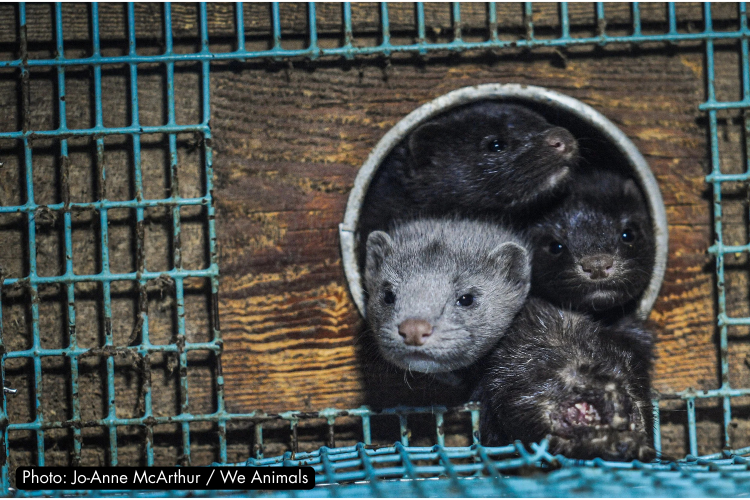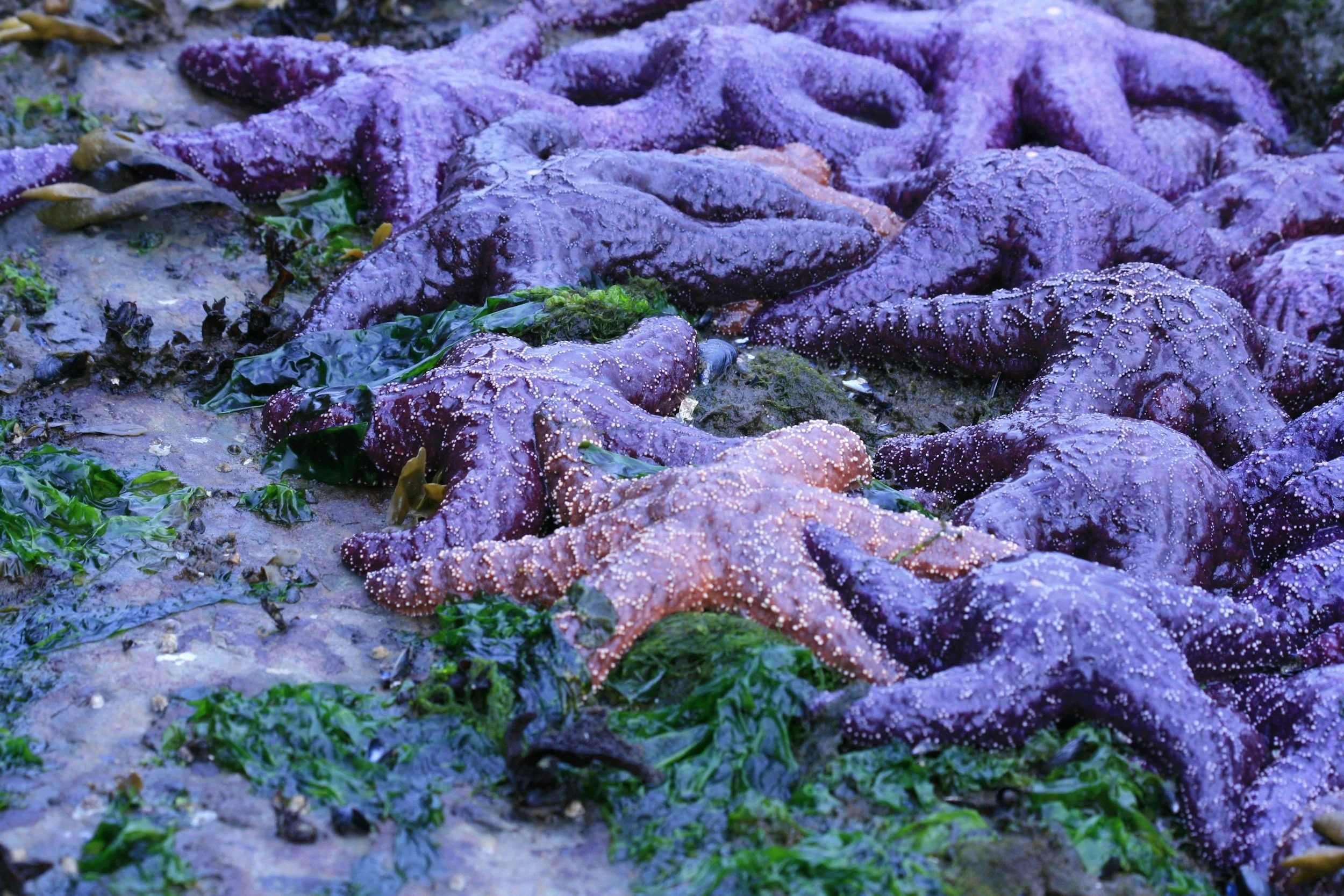Alaska set to resume gunning of bears and wolves from helicopters
Under the state’s plans, up to 80 percent of predators across a 20,000-acre range will be shot on sight.
The US state of Alaska is set to resume its controversial practice of gunning wildlife to death from helicopters.
Under the plans, hundreds of predators including wolves and bears will be shot on sight by gunners in low-flying helicopters - a military technique known as strafing.
State gunners from the Department of Fish and Game will target predators across a 20,000-acre area which borders the Denali and Lake Clark National Parks and Preserves.
In addition to strafing, gunners can also drive snowmobiles and use other equipment to eliminate targeted species.
The department’s “Intensive Management” targets include removing up to 80 percent of wolves and black bears in the area. This level of slaughter would reduce the populations to just 35 wolves and 700 black bears.
Targeting these predators aims to boost the populations of moose and caribou, which will in turn increase the number of hunting permits that can be given for these two species.
But some experts say that there is no scientific evidence that strafing wolves and bears boosts populations of prey species. Instead, “there is a growing body of evidence that [strafing] disrupts a healthy predator/prey balance in the wild”, says ecologist Rick Steiner, who is Chair of advocacy group Public Employees for Environmental Responsibility (PEER).
Steiner labels Alaska’s practice of indiscriminately strafing predators as both “inhumane and inane”. Such methods can be difficult to manage and control, with a similar Alaskan predator management operation in 2023 killing approximately 100 bears - a figure far higher than the original plans estimated.
Predator control practices in the state have already led to reduced wolf populations, which can have a negative impact on local tourism. In Denali National Park, one of the state’s major tourist draws, the ability for visitors to see intact wolf packs is said to have plummeted.
“Alaska’s predator control policies are cruel and the epitome of penny wise and pound foolish”, adds Tim Whitehouse, a director at PEER. “The amount of tourist dollars from people seeking to view these predators in the wild dwarfs any incremental increase in hunting fee revenue the state hopes to realize”.
Conservation studies have also been affected. The National Park Service has also ended a more than 20-year study of wolf behavior in Yukon-Charley National Preserve because of the reduced resident wolf population.
The PEER group is calling on Alaskan residents to protest the state’s latest aerial gunning operation. But the outlook does not look promising for wildlife in Alaska.
“Unfortunately, given its prior track record, we do not expect a Trump administration to protect wildlife on federal lands from state predator removal operations no matter how devastating or barbaric,” Whitehouse says.
Alaska’s controversial approach to wildlife management also remained legal during the former Biden administration, which effectively upheld rules on inhumane hunting methods that were first introduced during Trump’s first term, reports the Guardian.
We Have A Favor To Ask…
Species Unite amplifies well-researched solutions to some of the most abusive animal industries operating today.
At this crucial moment, with worldwide momentum for change building, it’s vital we share these animal-free solutions with the world - and we need your help.
We’re a nonprofit, and so to keep sharing these solutions, we’re relying on you - with your support, we can continue our essential work in growing a powerful community of animal advocates this year.






